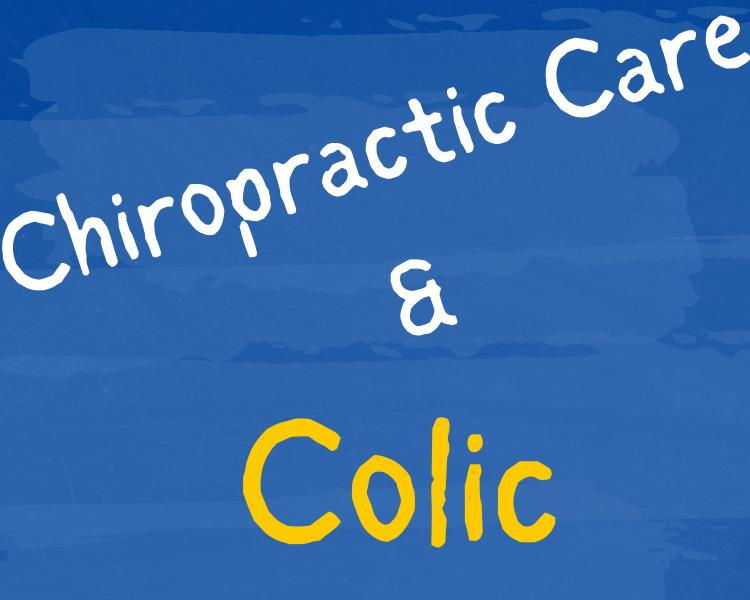
Source: “The effect of chiropractic care on infantile colic: results from a single blind randomized controlled trial”
Holm LV, Jarbøl DE, Christensen HW, Søndergaard J, Hestbæk L. The effect of chiropractic care on infantile colic: results from a single-blind randomized controlled trial. Chiropr Man Therap. 2021;29(1):15. Published 2021 Apr 19. doi:10.1186/s12998-021-00371-8
I enjoy reading articles like this mainly because I hate hearing things like “My baby is too young to get adjusted by a chiropractor” or “chiropractors can only treat musculoskeletal conditions.” While yes, I will be the first to tell you that musculoskeletal conditions are our bread and butter that I like to treat, being able to treat children and babies is often a nice reward to my job for two main reasons:
1.Kids tend to respond faster which makes the changes that much more noticeable to myself and the parents.
2.By helping to keep the child or baby out of pain or discomfort, I can also help the parents who are often physically and mentally drained from dealing with their loved ones in pain or discomfort.
This article was a 4-year study in Denmark on treating infants with colic either with chiropractic care or no treatment. Colic was defined using the rule of 3 (3 hours of crying per day for at least 3 days a week for 3 weeks). Little is known of the pathophysiology of colic, but the leading hypothesis includes a gastrointestinal component including gastritis, GERD, allergies, or immaturity of the intestines. It is self-limiting, but it is extremely hard mentally and physiological on the caregivers especially those in a lower socioeconomic status.
The study blinded the parents by not allowing them in the room during the treatment session to allow the researchers to rule out a placebo effect by the parents. Parents were then instructed to record a 24-hour diary of the colic episodes for the 2 weeks. The primary outcome was measured by average hours of crying reported by the parents after 4 visits (twice a week for 2 weeks). This study included almost 200 children.
The results showed an improvement in at least 1 hour of less crying in 63% of the chiropractic group which only 47% achieved a minimum of 1 hour less crying in the control group. This ended up meaning that the babies receiving chiropractic care on average had around 30 minutes fewer colic episodes. While some may look at this and say, “that is not much of a difference,” what is important is that 90% of the parents in the chiropractic group reported positive outcomes for themselves and their child and were happy with participation in this study. This is a nice example of how anything we can do to help stressed parents and children for even a little bit will always make an enormous difference in their world both mentally and physically.
